How do some animals regrow limbs, and why can't humans?

Some animals can regrow missing body parts, such as lizards that can regrow their tails even if they are attacked or
How do animals regrow their limbs? And why can't humans do it? - Jessica Whited - YouTube
One of the most well-known creatures with a high regenerative ability is the Mexican salamander , known as the axolotl. Even if a limb is amputated, the axolotl has the amazing ability to regenerate, even to the exact same alignment of bones, joints, and muscles, over time.
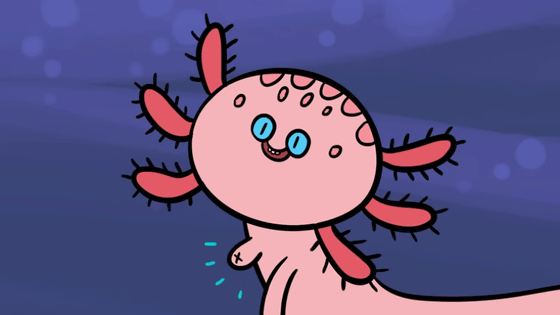
Axolotls are often the subject of research as they are considered to be the key to regenerative medicine, but in Mexico their population has drastically decreased due to habitat destruction caused by development and water pollution, etc. Therefore, it is said that protecting axolotls so that they can increase their numbers on their own is an important point in regenerative medicine research.

By Ruben Undheim
There is still much we don't know about the axolotl's regenerative abilities, but according to Jessica Whited, a regenerative biologist at Harvard University, the key to understanding them lies in the process by which all vertebrates form their limbs. For example, mammals begin to form the initial structures of their limbs, called limb buds , in the womb. These limb buds are packed with precursor cells that develop from stem cells and differentiate into the terminally differentiated cells that make up the body, from which muscles, cartilage, ligaments, and more are formed. Eventually, these tiny projections grow larger and become plump baby limbs.
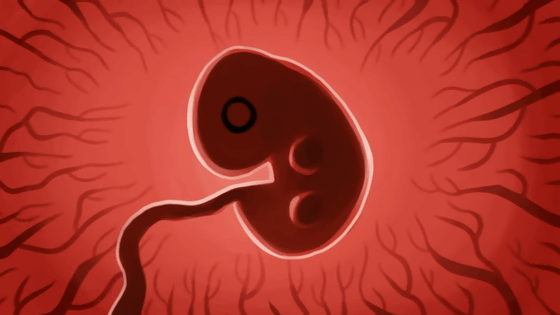
A similar thing happens in adult giant salamanders: if a giant salamander loses a hand, the surrounding skin cells rapidly infiltrate the entire surface of the wound to create a new layer called the 'wound epidermis.' As the wound epidermis is created, signals are sent from the wound throughout the body, causing some cells to
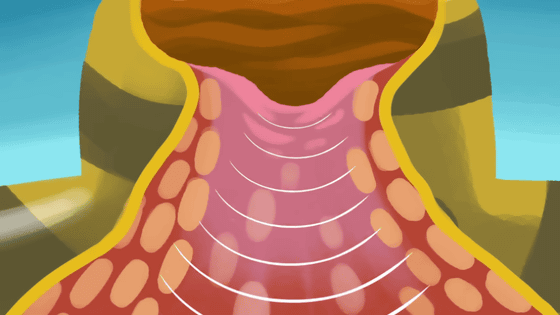
Dedifferentiated stem cells from adjacent cells are collected to the scar. Humans and many vertebrates lose the ability to proliferate stem cells early on, so even if they can be collected at the scar, they are only capable of closing the wound. On the other hand, giant salamanders can proliferate stem cells even in adulthood, so the number of stem cells collected at the wound is sufficient to develop into the original tissue.
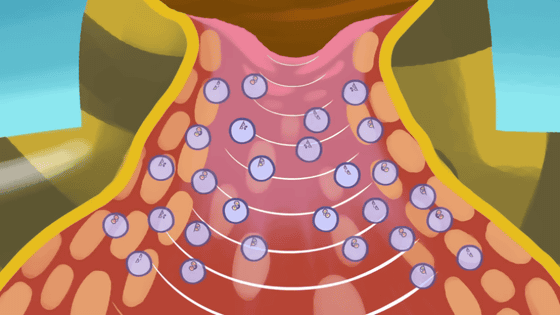
Previous research has also revealed that axolotls have a relatively large number of genes that are thought to be absent from humans when it comes to limb regeneration. Identifying these genes could lead to a deeper understanding of their regenerative abilities and potentially even medical applications.

by Tambako The Jaguar
The stem cells that reach the wound will become a new group of embryonic cells called a 'blastema.' The appearance and structure of the blastema is similar to that of a limb bud, but it is unique in that it is formed by recycling cells from all over the body.
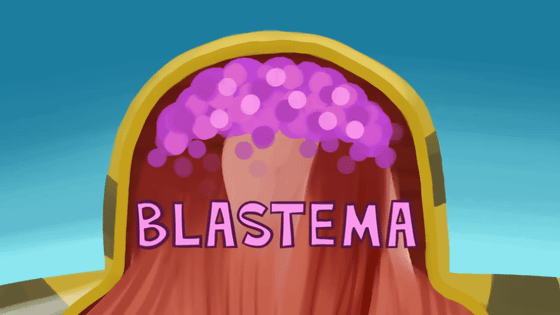
The thousands of recycled cells that gather at the wound are then divided into different roles, such as muscle, bone, skin, and nerve tissue, and it is believed that the stem cells transform into these tissues, allowing the original limb to be regenerated.
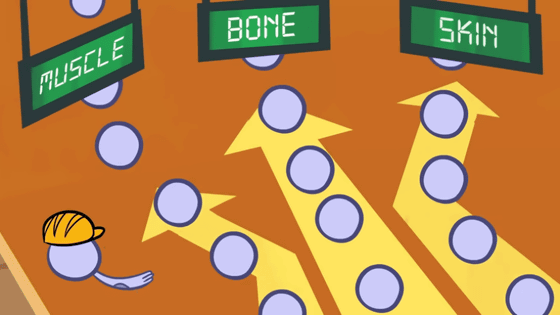
Research has yet to fully understand why the giant salamander's stem cells do not lose their proliferation ability, how the cells collected from around the wound change, what happens to the cells during the regeneration stage, etc. Therefore, research is being conducted on the changes in cells before and during limb regeneration.

Another important mystery is how the cells understand that a certain part is missing and begin the process of regrowth in a way that allows them to recreate the original limb. One theory is that the blastema cells have a kind of positional memory, allowing them to identify which cells are needed and which ones need to grow.
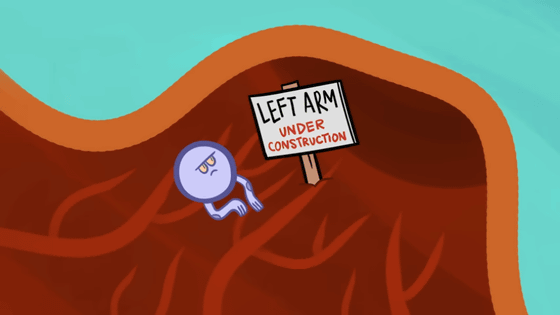
Giant salamanders are not the only important subjects for the study of regeneration processes. Deer have the same ability to regenerate wounds in their skin as humans, but they grow back their antlers every year, restoring them to their full size. The skin on the tail of
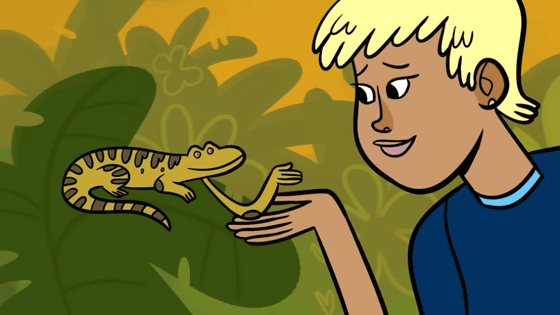
Related Posts:





